How to deal with slugs in the garden, we use different methods
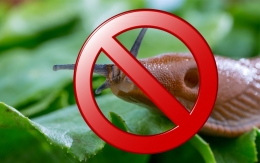
Often gardeners and summer residents are faced with such an unpleasant phenomenon as the invasion of slugs on their crops. So that they do not destroy or infect the future harvest, you must immediately begin to fight uninvited guests and find the most effective way.
Content:
- Brief description of the pest
- How to control pests using scientific methods?
- Using Traps
- Chemical and biological agents against slugs
- Natural enemies of mollusks
Brief description of the pest
Slugs are gastropods, and they do not have a shell, unlike the familiar snails.
The body consists of several parts:
- Head
- Torso with mantle
- Powerful leg
The skin of the mollusk is thin, moist, covered with mucus. The color is usually protective: gray, brown, yellow, sometimes numerous light and dark spots are visible. Mucus is needed for cooling, moisturizing the skin and serves as protection against attacks by birds and animals.
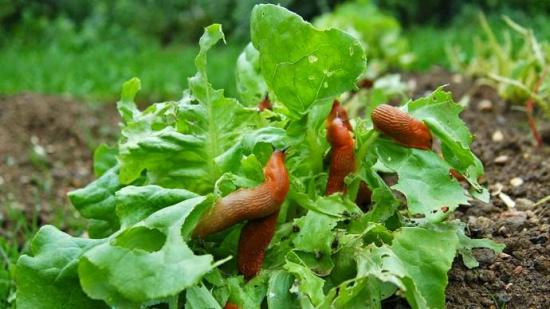
The sizes depend on the species, and pests from 3 mm to 20 cm are found. They reproduce by laying eggs; over the summer, one such specimen can lay up to 5,000 thousand eggs. Without protection in the form of a shell or shell, they are forced to look for moist, warm places to live and feed. The most favorable temperature for them is 15-20 degrees, as well as conditions of high humidity.
They increase their activity at night, because drying out the skin leads to the death of the mollusk.They can also be found during the daytime on a damp rainy day. During hot periods, they hide deep in the soil and fall into a short sleep.
They live on land, feeding on plants of both weeds and cultivated species. They love fresh, healthy and juicy parts of plants, berries, and vegetables. The invasion of such inhabitants can not only spoil and destroy the harvest, but also introduce bacterial and fungal infections.
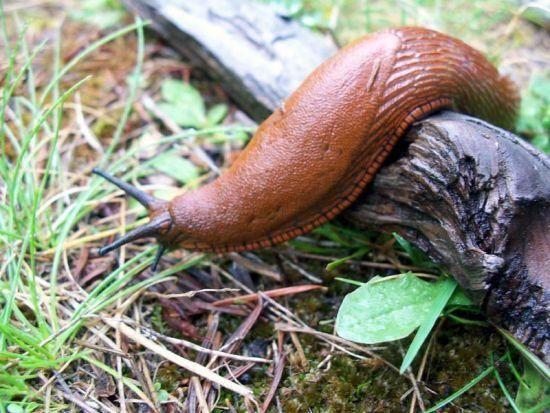
The most favorite ornamental plants for them are:
- Cabbage
- Various salads
- Strawberries
- Strawberry
- Cruciferous
- Rape
The appearance of these uninvited inhabitants in the garden can be facilitated by:
- Warm rainy spring
- Wet summer
- Warm autumn
- Winter without severe frosts and quail temperatures
In gardens and forest areas, slugs choose such secluded places as: pits with compost, thickets with good shade, under large leaves of plants, in basements and damp cellars.
How to control pests using scientific methods?
The most common scientific methods, according to experts, are:
- Mulching the surface of the earth on the site
- Mixed plantings
- Installation of special barriers from pests
The use of certain mulching materials repels slugs or interferes with their movements. Such materials include sawdust and coniferous tree mulch. The smallest particles stick to the mucus on the mollusks, preventing them from moving and feeding.
Instead of pine needle mulch, you can place pine branches between the rows. They also do not like mulching with nettles, and a large layer of this plant between the ridges will prevent pests from penetrating it.In order for this technique to be effective, mulching must be carried out constantly, because natural materials rot, cake and cease to perform a protective function. Often the mulch is moistened with a 1% urea solution.
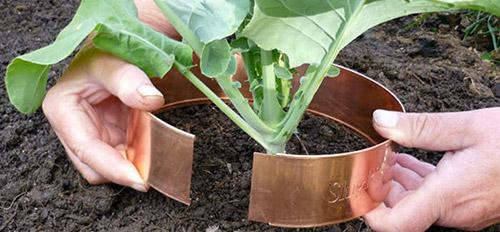
Slugs have a very well developed sense of smell and do not like strong, spicy odors. Gardeners and plant breeders often take advantage of this feature of pests: they plant cultivated plants in the garden next to aromatic herbs and flowers. For example, to cabbage Rosemary, basil, and marigolds are often sown. They are sown around the beds with strawberries and wild strawberries. parsley or sage with lavender.
And the surest way to prevent the plant from being eaten by shellfish is to simply not allow them into the garden bed. For this purpose, various types of barriers are widely used: copper rims, covering materials, self-adhesive tapes, plastic gutters for filling with water, plastic funnels, rims.
Touching copper for shellfish entails a fairly strong electric shock, so such protection is very effective. Water also prevents penetration of the plant and is an insurmountable obstacle. Small plants are hidden under cut plastic bottles, behind the rims.
Such methods prevent pests, but unfortunately, saving and protecting the entire area will be very problematic and costly.
Using Traps
Many owners of personal plots want to learn how to deal with slugs in the garden and how to destroy slugs once and for all. But there is no specific universal method; only by choosing several methods can you say goodbye to the named guests.
A fairly simple method is to set traps. In this case, they take advantage of the tendency of pests to hide in damp and warm places.For this purpose, in areas on well-moistened soil, boards, slate, polyethylene are placed upside down with flower stands, large cabbage leaves, rhubarb, burdock.
They also lay out bait there: cabbage, salad, strawberries. In the evening you need to lay out the bait, and early in the morning look at all the traps, collect and sting shellfish from the garden.
Shellfish love fermented milk products. Having smeared the board with fermented baked milk or kefir in the evening, place it on low supports with the mixed side down, by the morning a lot of gastropods will gather on it.
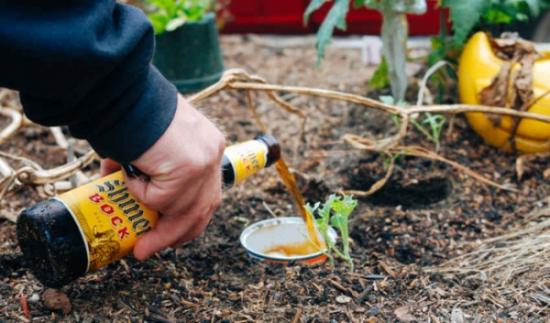
In addition to fermented milk products, slugs like the smell and taste of beer. For traps, jars, cups, and containers filled with a drink are used. They need to be dug in at the same level with the ground near the beds with the gastropods’ favorite plants and filled, but not to the very brim, with beer.
With great joy, the mollusks will crawl towards the container, fall into the liquid and drown in it. In the morning, such beer traps are dug up, all uninvited guests are removed and the procedure is repeated.
Chemical and biological agents against slugs
The use of chemicals on the site is undesirable and is a last resort in the case of a very large number of them.
When using them, you must strictly follow the instructions and be careful. Glanzite, Metaldehyde, Meta, Thunderstorm are used for these purposes. I use the drugs in the evening, when the gastropods leave their daytime shelters.
The product is scattered around the plants, avoiding contact with the leaves and petioles, and if it rains, the dressing is repeated again.
A more gentle method is the use of biological drugs that are harmless to people and animals:
Ulicide - contains iron phosphate and works as bait, just a small amount of the product is enough and the pests disappear, and the remains of the drug are processed and quickly decompose.
Agrosin is a fairly expensive drug for improving the quality of structure and composition soil, good at repelling shellfish. One application per season is sufficient.
How to control pests in the garden using traditional methods. Clams are afraid of watering with mustard. One bucket of water requires approximately 150 g mustard powder. Leaves of crops are watered with the solution from above; it is advisable to water in the evening.
1/4 of a glass of 9% vinegar is diluted in a bucket of water and poured over it in the evening cabbage from above, on the leaves. This “old-fashioned” method is destructive for gastropods.
The folk method using bitters is also effective. pepper. 1 kg of fresh vegetables or 200 grams of dried hot pepper pods is poured with a bucket of water and left for several days. After this, boil the infusion for an hour, wait until it cools down, grind the pods and hide the infusion in a dark, cool place for storage. Use 150 ml of this product per bucket of water.
Natural enemies of mollusks
Often the enemies of pests are not gardeners, but natural inhabitants: frogs, toads, hedgehogs. To lure animals, place saucers with milk around the area and they will definitely come to eat.
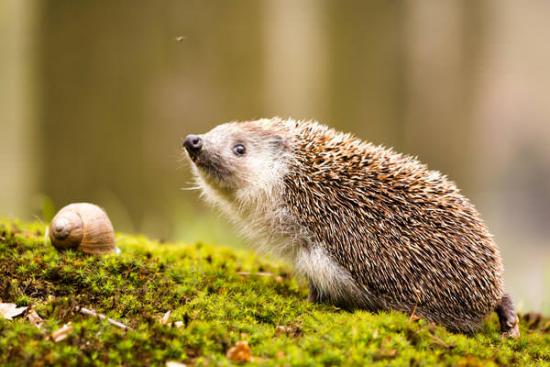
Shrews, moles, some types of beetles, birds, and small species of rodents happily feed on gastropods. To attract beneficial insects, thickets of nettles are used along the edges of the site. In addition to them, the parasitic nematode copes well with gastropods. You can find the nematode in the form of the drug Nenaslug.It is difficult for Russia to buy, but it is very effective.
Draining the soil effectively reduces the number of pests in a summer cottage. Drainage allows you to improve the quality of the soil and prevent pests from attacking cultivated plants in the ridges.
The best proven method is collection pests manually in the evening, when they crawled out “to hunt”. Knowing the most attractive and favorite habitats, you can collect and destroy more mollusks. However, this process is complicated if there are a lot of these uninvited guests in the garden.
The fight against these slow-moving mollusks is long and laborious. There is no single universal remedy to destroy and repel them. Only after trying the methods, their combination will lead you to success.
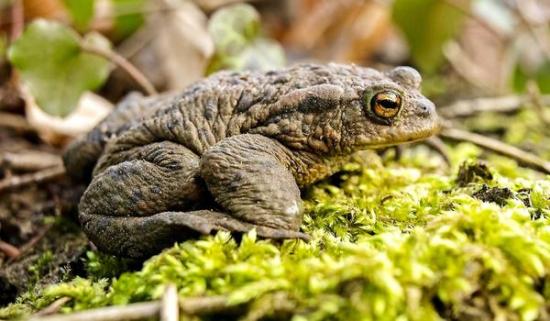
We looked at several scientific and folk methods of fighting slugs. Using them in practice, you will find the best and most universal method that suits you.
And after watching the video on how to deal with slugs in the garden and knowing the characteristics of gastropods, you can prevent their appearance on the site or quickly get rid of them:

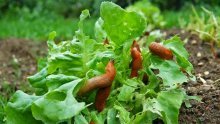
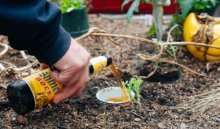
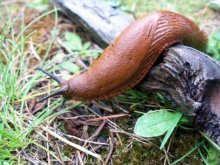
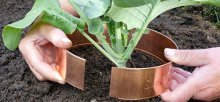

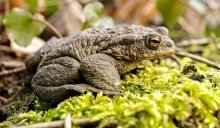
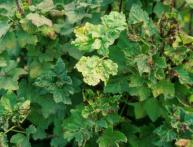
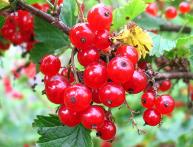

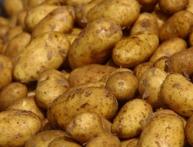

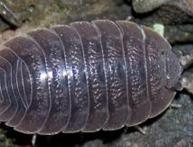
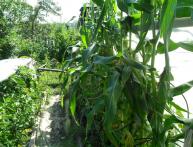
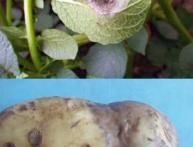
Comments
Every morning we walked around the beds and collected slugs with our hands - this is the most effective way to control pests. In addition, they sprinkled the ground around the plants with ash and dry mustard powder, fed the hedgehogs and did not scare away the frogs.
Very unpleasant pests that were not very easy to deal with despite their slowness. There were fewer of them when a mole appeared on the site, but I can’t say that this caused fewer problems with the harvest.